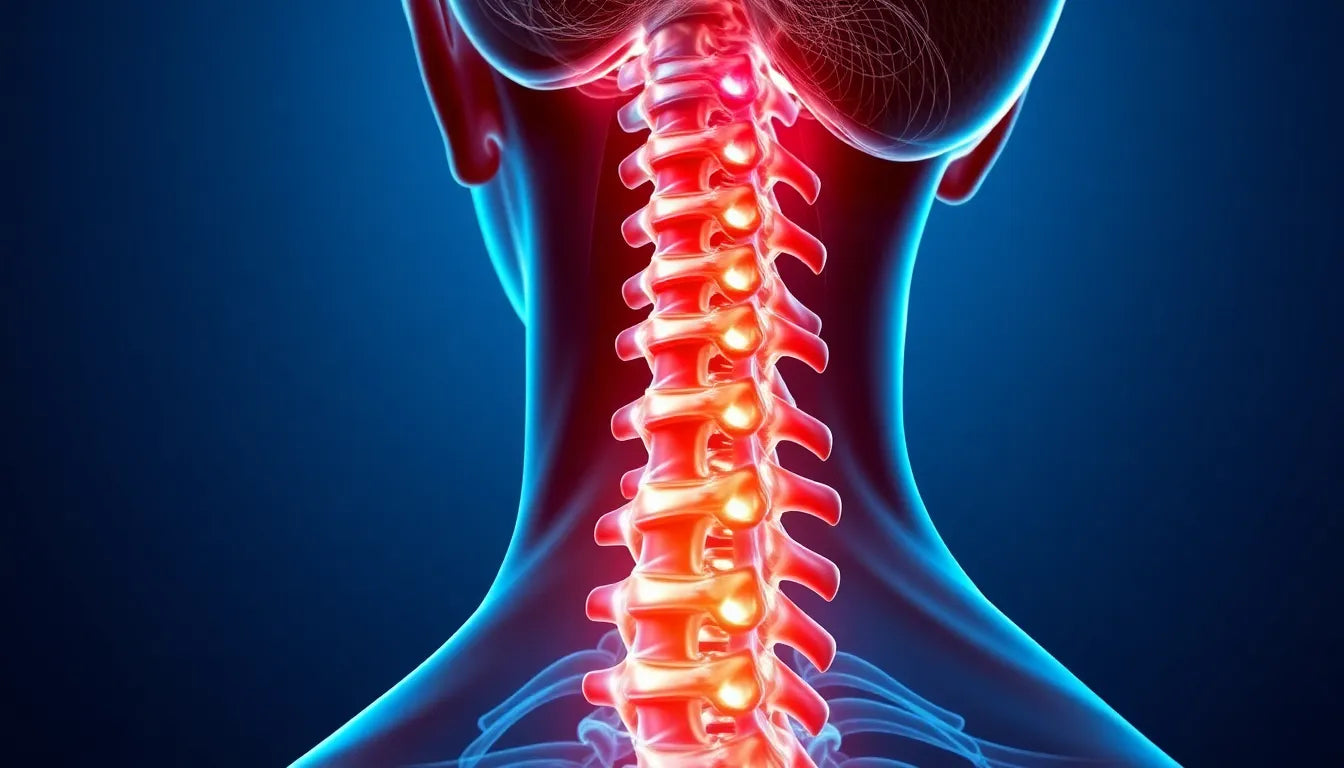Sciatica is a condition that affects millions of individuals worldwide, characterized by pain that radiates along the path of the sciatic nerve. This nerve extends from the lower back down through the hips, buttocks, and each leg, making it the longest and widest nerve in the human body. When something irritates or compresses this nerve, it can lead to a range of symptoms, including lower back pain, leg pain, numbness, tingling sensations, and muscle weakness. These symptoms can significantly impact daily life, making routine activities challenging and reducing overall quality of life.
how massage therapy can help relieve sciatica pain
In recent years, massage therapy has gained recognition as a non-invasive treatment option for sciatica relief. Unlike medication or surgery, massage therapy offers a natural alternative that many individuals are turning to in their quest for pain management. The growing popularity of this approach is not surprising, given the increasing desire for holistic and natural treatments that address the root causes of pain rather than merely masking symptoms.
Massage therapy works by targeting the muscles and tissues surrounding the sciatic nerve, helping to relax tight muscles that may be compressing the nerve. This relaxation can alleviate the pressure on the nerve, reducing pain and discomfort. Additionally, massage therapy improves blood circulation, which aids in delivering essential nutrients to the affected area and removing waste products, thereby promoting healing and reducing inflammation.
Another significant benefit of massage therapy is its ability to enhance flexibility and range of motion. Sciatica can severely restrict movement, making it difficult to perform even simple tasks. Regular massage sessions can help improve mobility, allowing individuals to regain their independence and engage in daily activities with greater ease.
Given these benefits, it's no wonder that many people are asking: Can massage be the solution to your sciatica woes? While it may not be a cure-all, massage therapy offers a promising avenue for those seeking relief from the debilitating effects of sciatica. By focusing on relaxation, improved circulation, and enhanced mobility, massage therapy can play a crucial role in managing sciatica symptoms and improving overall well-being.
how massage therapy alleviates sciatica pain
Massage therapy offers a multifaceted approach to alleviating sciatica pain, primarily through muscle relaxation, improved blood circulation, and enhanced flexibility. Each of these mechanisms plays a crucial role in reducing the symptoms of sciatica and promoting overall well-being.
muscle relaxation and tension release
One of the primary ways massage therapy helps with sciatica is by relaxing the muscles that may be compressing the sciatic nerve. Tight muscles in the lower back and buttocks can exacerbate sciatic pain by increasing pressure on the nerve. Massage therapy works by loosening these muscles, thereby alleviating nerve compression. This relaxation is not just anecdotal; studies have shown that regular massage sessions can significantly reduce muscle tightness, which in turn can relieve nerve pressure and reduce pain.
improved blood circulation
Another vital benefit of massage therapy is its ability to enhance blood circulation. Improved circulation means better delivery of oxygen and essential nutrients to the affected areas, which can accelerate healing and reduce inflammation. By promoting efficient blood flow, massage therapy aids in the removal of waste products from muscle tissues, further contributing to the reduction of pain and discomfort. This mechanism is particularly beneficial for sciatica sufferers, as inflammation and poor circulation are common issues that exacerbate pain.
enhanced flexibility and range of motion
Regular massage therapy can also improve flexibility and range of motion, which are often compromised in individuals with sciatica. Targeted massage techniques can help stretch and elongate the muscles, allowing for greater movement and less stiffness. Improved flexibility not only reduces pain but also enhances the ability to perform daily activities with ease. A documented case study highlights how individuals experienced significant improvements in their range of motion after consistent massage sessions, underscoring the potential of massage therapy as a tool for regaining mobility and independence.
types of massage effective for sciatica
Several types of massage have been found to be particularly effective in relieving sciatica symptoms. Understanding these can help individuals select the most suitable therapy for their needs.
deep tissue massage
Deep tissue massage focuses on the deeper layers of muscle and connective tissue. It is highly rated for its effectiveness in alleviating pain and improving flexibility. By applying firm pressure and slow strokes, this massage type targets specific areas of tension, addressing the root causes of pain. Many individuals report significant relief from sciatica symptoms following deep tissue massage, making it a popular choice for those seeking long-term benefits.
trigger point therapy
Trigger point therapy is another effective approach for managing sciatica pain. This technique involves applying pressure to specific points in the muscles, known as trigger points, which are often the source of tension and pain. By targeting these areas, trigger point therapy can release muscle knots and alleviate discomfort. The result is a reduction in sciatic pain and an improvement in overall mobility, offering a practical solution for those struggling with persistent symptoms.
research and evidence supporting massage for sciatica
The efficacy of massage therapy for sciatica is supported by a growing body of research. Studies have demonstrated that deep tissue massage can be as beneficial as anti-inflammatory drugs for relieving lower back pain, a common symptom of sciatica. Furthermore, meta-analyses indicate that while massage provides significant short-term relief, individual results can vary based on the underlying causes of sciatica. This highlights the importance of a personalized approach to treatment, where massage therapy is tailored to the specific needs and conditions of the individual.
In conclusion, massage therapy offers a promising and effective method for managing sciatica pain. Through muscle relaxation, improved circulation, and enhanced flexibility, massage can significantly alleviate the symptoms of sciatica, improving quality of life for sufferers. By exploring different types of massage and understanding the supporting research, individuals can make informed decisions about incorporating massage therapy into their pain management strategies.
additional benefits of massage therapy for sciatica
Beyond the physical relief that massage therapy offers for sciatica, there are additional benefits that can enhance overall well-being. One significant advantage is the release of endorphins. These natural painkillers are triggered by the manual pressure applied during a massage, leading to a reduction in pain perception. This not only provides physical relief but also contributes to a sense of calm and relaxation, reducing stress and anxiety levels.
Moreover, massage therapy promotes emotional and holistic healing. For individuals suffering from chronic pain, the emotional support and relaxation effects of massage are invaluable. Personal testimonials often highlight how regular massage sessions have led to improved mental health alongside physical relief. This dual benefit underscores massage therapy's role not just as a physical treatment but as a comprehensive approach to health and wellness.
considerations and contraindications for massage therapy
While massage therapy is generally safe and beneficial, there are certain considerations and contraindications to keep in mind. Not all cases of sciatica are suited for massage, particularly if there is an acute disc herniation or severe nerve compression. In such situations, massage might exacerbate the condition rather than alleviate it.
Therefore, it is crucial to consult with healthcare providers before starting massage therapy. A professional can assess individual needs and tailor the treatment accordingly, ensuring that the massage is both safe and effective. This personalized approach is essential for achieving the best outcomes in sciatica management.
frequently asked questions
What is the best type of massage for sciatica?
Deep tissue and trigger point therapies are often recommended for sciatica relief due to their effectiveness in targeting muscle tension and alleviating pain.
How often should I get a massage for sciatica?
The frequency of massage sessions can vary based on individual needs. It is common to start with weekly sessions and adjust based on the response to treatment.
Can massage cure sciatica permanently?
While massage can significantly alleviate symptoms, it may not address the underlying causes of sciatica. A comprehensive approach, including lifestyle changes, is often necessary for long-term relief.
Are there any risks associated with massage therapy for sciatica?
Massage therapy is generally safe, but individuals with certain conditions, such as acute disc herniation, should seek medical advice before starting treatment to avoid potential risks.
How can I enhance the benefits of massage for sciatica?
Combining massage with ergonomic aids, such as supportive chairs or lumbar cushions, can optimize results and provide additional relief from sciatica symptoms.
Sources
- AMTA Massage Today. "Massage as All-Natural, Holistic Pain Relief."
- PubMed. "Case Study on Sciatica: ROM and Pain Measurement."
- Virginia IPS. "Sciatica Overview for Lay Readers."
- Cambridge Physio. "Comparative Analysis of Massage Types for Sciatica."
- St. Albert Physiotherapy. "Mechanisms of Massage for Sciatica Relief."
- PMC. "Clinical Research and Meta-Analysis on Massage for Sciatica."
- HSSH Health. "Practical Self-Care Techniques for Sciatica."


















